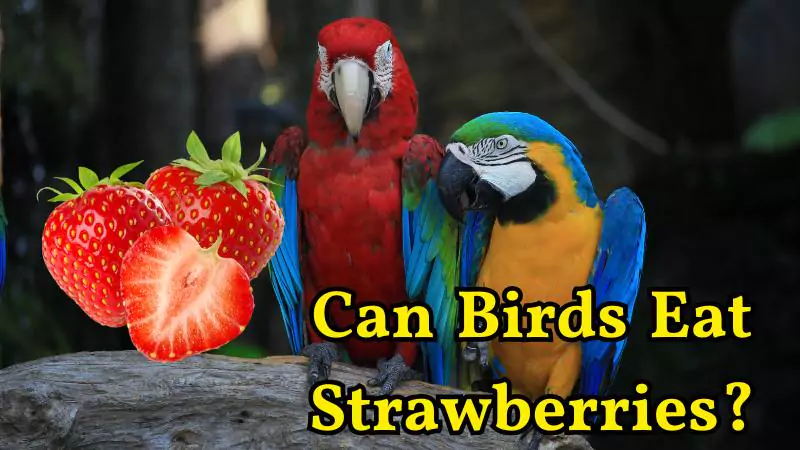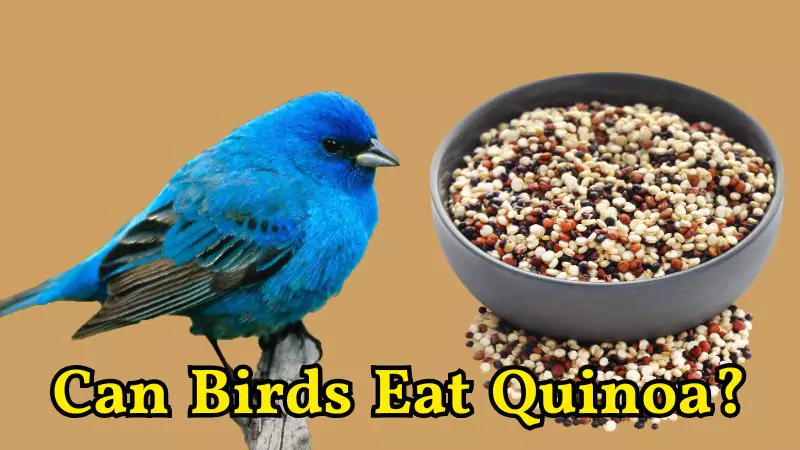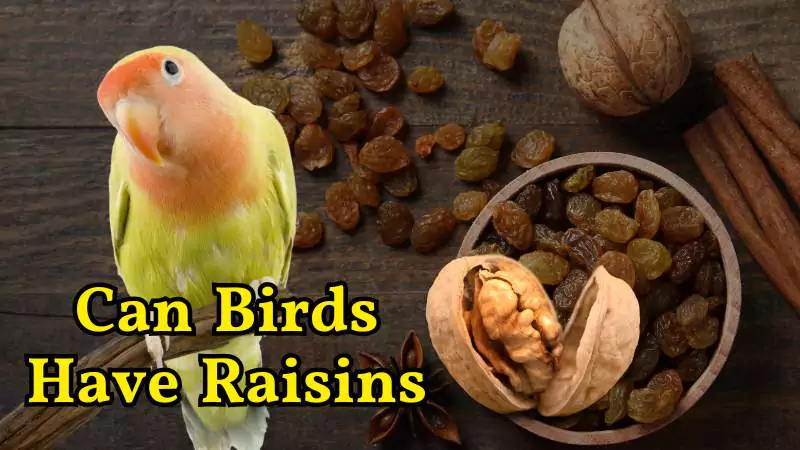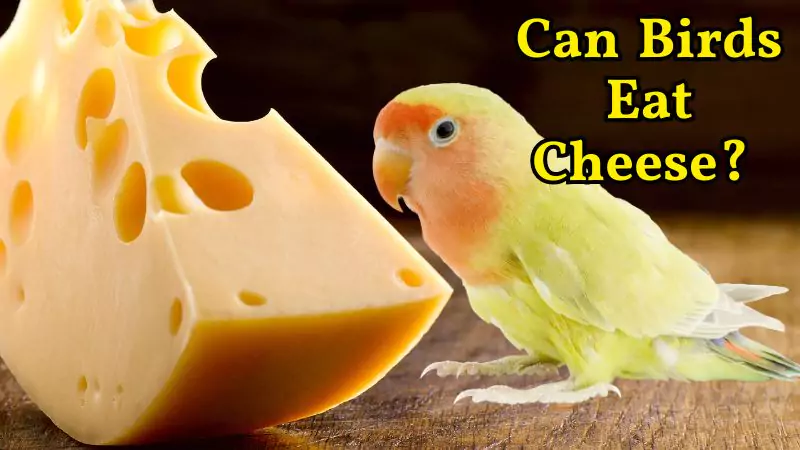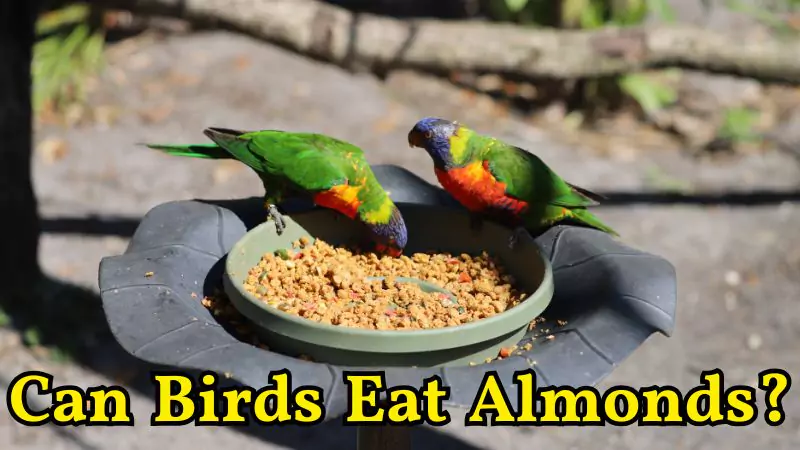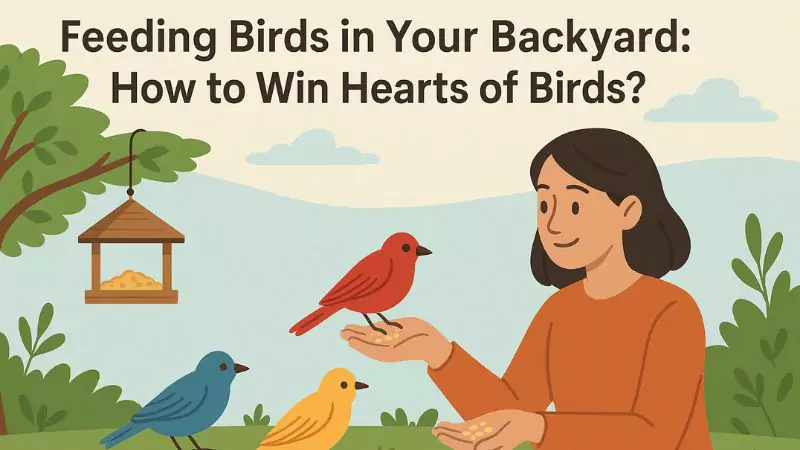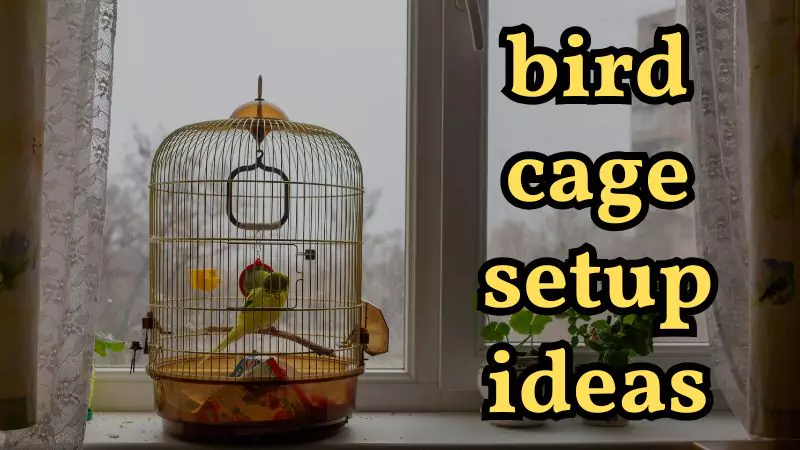Can Birds Eat Strawberries? Safe or Dangerous?
Introduction Birds are a reliable companion in our lives. Their small eyes, soft feathers, and sweet calls fill our hearts. But did you know that a little mistake with bird food can lead to big trouble? Many people want to know—can birds eat strawberries? This question is absolutely correct and timely. Strawberries are as beautiful … Read Post

